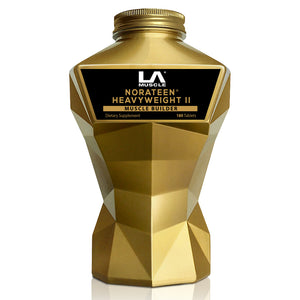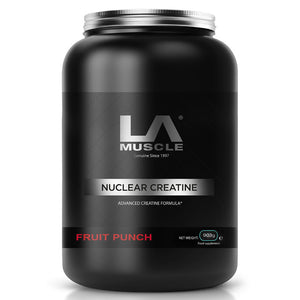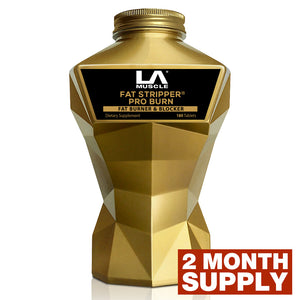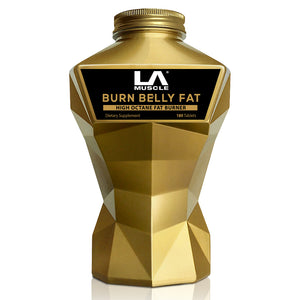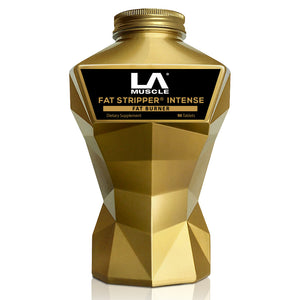
Statins are a class of drugs widely used to lower blood cholesterol levels, playing a significant role in the prevention of cardiovascular diseases, such as heart attacks and strokes. This article delves into the history and evolution of cholesterol management guidelines, compares statins with alternative treatments like red yeast rice supplements, evaluates the pros and cons of statins, especially for individuals with a history of cardiovascular events, and discusses dietary considerations related to cholesterol management.
Historical Medical Thresholds for Cholesterol
The understanding and management guidelines for "good" (HDL) and "bad" (LDL) cholesterol levels have evolved over the years. Initially, the focus was primarily on total cholesterol levels, but with advancing research, the emphasis shifted towards a more nuanced understanding, considering the roles of HDL and LDL cholesterol.
-
1980s-1990s: Early cholesterol management guidelines primarily focused on total cholesterol, with a general threshold set at below 200 mg/dL for desirable levels. LDL cholesterol started to gain more attention during this period, with initial guidelines recommending LDL levels to be below 130 mg/dL for the general population.
-
Early 2000s: The National Cholesterol Education Program's Adult Treatment Panel III (ATP III) provided more detailed guidelines, setting the optimal LDL cholesterol level at less than 100 mg/dL for individuals at high risk of cardiovascular disease.
-
2013: The American College of Cardiology and the American Heart Association released updated guidelines, moving away from specific LDL target levels, and instead focusing on identifying individuals who would benefit from statin therapy based on their overall cardiovascular risk.
-
2018: Further updates provided more nuanced recommendations, including lower LDL target levels for individuals at very high risk of cardiovascular events, suggesting less than 70 mg/dL.
These dates and thresholds mark significant milestones in the evolving understanding of cholesterol management, reflecting a shift towards individualised patient care and risk assessment.
Statins vs. Red Yeast Rice
Red yeast rice is a traditional Chinese culinary and medicinal product known to contain natural statin-like compounds, primarily monacolin K, which is chemically identical to the active ingredient in the prescription statin lovastatin. While red yeast rice supplements are often marketed as a "natural" alternative to statins and many people successful take them, there are significant differences:
-
Efficacy: Statins are well-researched, with extensive clinical evidence supporting their effectiveness in lowering LDL cholesterol levels and reducing cardiovascular risk. The potency and efficacy of red yeast rice products can vary widely, making their effects less predictable.
-
Regulation and Safety: Prescription statins are regulated by agencies like the FDA, ensuring consistent dosages and purity. In contrast, the content of red yeast rice supplements can vary, and some products may contain minimal active ingredients or potentially harmful contaminants.
-
Side Effects: Both statins and red yeast rice can cause similar side effects, including muscle pain and liver enzyme elevation. However, the use of statins is closely monitored by healthcare professionals, allowing for adjustments in therapy to manage side effects.
The Good and Bad of Statins
Benefits- Reduced Cardiovascular Risk: Statins are proven to significantly reduce the risk of major cardiovascular events, especially in individuals with a history of heart attack or stroke.
- Plaque Stabilisation: Statins help stabilise cholesterol plaques in the arteries, reducing the risk of plaque rupture and subsequent heart attack or stroke.
- Side Effects: Common side effects include muscle aches, increased liver enzyme levels, and a slightly increased risk of diabetes.
- Interactions: Statins can interact with other medications, potentially leading to serious side effects.
For individuals who have already experienced a stroke or heart attack, the benefits of statins typically outweigh the risks, as they are at a higher risk for future events. The decision to use statins should be made in consultation with a healthcare provider, considering the individual's overall health profile and risk factors.
Dietary Considerations for Cholesterol Management
Foods High in Cholesterol- Red meat and processed meats
- Full-fat dairy products
- Egg yolks
- Shellfish
- High-fibre foods (oats, legumes, fruits, vegetables)
- Nuts and seeds
- Fatty fish (rich in omega-3 fatty acids)
- Whole grains
Incorporating a balanced diet, rich in fiber and healthy fats, while limiting saturated and trans fats, can help manage cholesterol levels effectively.
While statins remain a cornerstone in the management of high cholesterol and prevention of cardiovascular disease, it is essential to consider individual risk factors, potential side effects, and alternative options like red yeast rice with caution. Dietary management also plays a crucial role in maintaining optimal cholesterol levels and overall heart health.
Another less aired opinion is that pharmaceutical companies are lobbying to change the cholesterol threshold and have it lowered to catch even more of the population on the "need to take statins" bandwagon. Every drug has a side effect and statins are no different. Ultimately you need to use your own judgement when it comes to statins. Don't just take the word of the doctors who may be influenced by big pharma, at the same time, don't put your health at risk if you have a bad history in your family and could benefit from statins.



